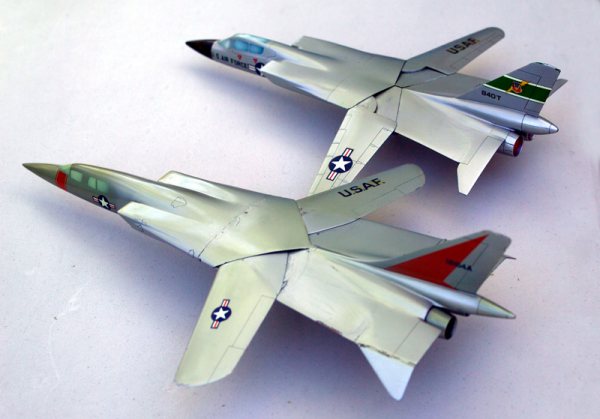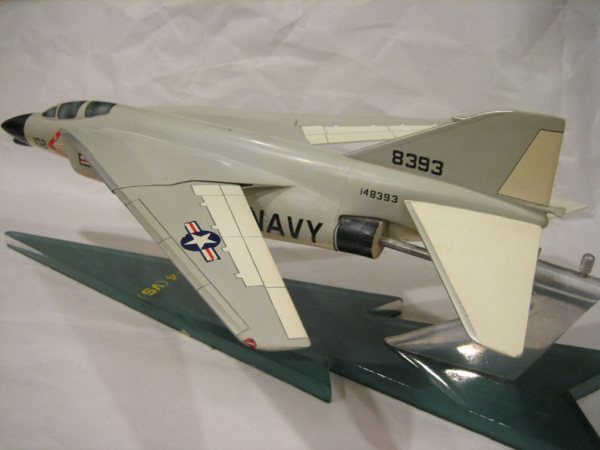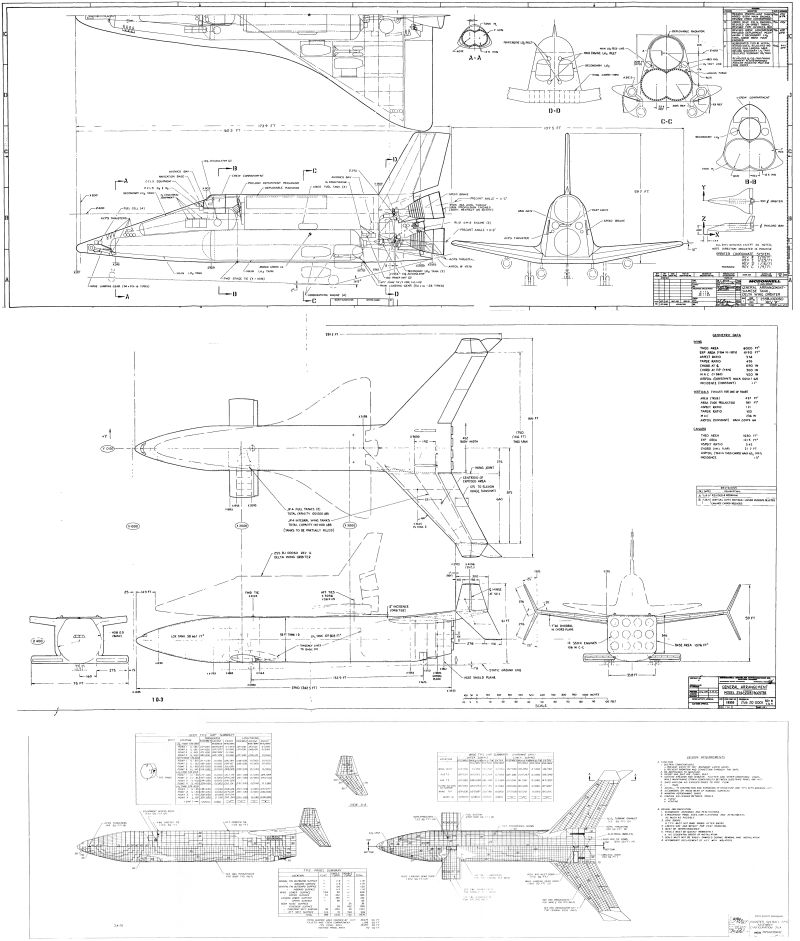I recently downloaded a presentation from Hoppy Price of JPL and Alisa Hawkins/Torrey Radcliffe of the Aerospace Corporation describing “Austere Human Missions to Mars” (available as a PDF file HERE). Regardless of the other merits of the presentation, the illustrations… well… the illustrations made my tiny little brain cry.
Back in the 1950’s and 1960’s – you know, when there was actual progress in aerospace – aerospace companies and organizations had people on staff who were paid, skilled artists and draftsmen. Many of even the simplest presentations were thus filled with high-quality sketches, drawings, artwork, photos of scale models, etc. But in recent years, certainly since before my aerospace career began in the mid 90’s, there has been a consolidation of skills into a smaller and smaller group of people. I often heard tales of how the floor of the office was ringed with engineers on the outside, filled with draftsmen in the middle, and had secretaries/technical writers on the ends. The engineers would crunch the numbers, the draftsmen would make the drawings, the secretaries and writers would write up the reports (often using little more than random scribbles and scraps scrawled by the engineers). The system may have been unweildy and inefficient, but obviously it worked.
But with the rise of the personal computer, word processing programs and CAD programs, the apparent “need” for the non-engineers declined. Why have a draftsman when the engineer can do the drafting himself? Who needs a secretary when the engineer can do the writing himself?
Well, a few seconds of thought can show why the New Order Of Things might not be optimum. Basically, you’re taking specialists (engineers) who would normally spend 8 hours out of an 8 hour day brainifying engineering, and converting them into generalists who spend a much-reduced fraction of their day doing what they were trained to do. Worse, on the whole trained draftsmen are betters at drafting than engineers; good secretaries and technical writers are better and faster at writing than engineers. Thus, not only do the engineers spend less of their time doing engineering, the time spent doing Other Stuff is much less efficient than if that Other Stuff was done by Other Stuff specialists.
Compounding the problem is Powerpoint. Used to be, when you needed to make a presentation (typically based on transparencies for an overhead progrector, or even – GASP – slides) , you had your tech writers and draftsmen/artists on staff doing their thing. But then Powerpoint came along. Presentations were now easy to make. Powerpoint even came with an ultra-basic graphics package allowing anybody – no matter how artistically unskilled – to slap together illustrations that at least vaguely resembled whatever it was they were talking about. And so now that engineers could do the whole thing from beginning to end, it was just sorta assumed that they should do the whole thing from beginning to end. Great, fine, whatever. But as desirable as it may be for engineers to also be good artists… most aren’t. Powerpoint is a fantastic way to present text, data, charts and the like, and makes a perfectly good platform for the presentation of art and diagrams created via other means, but Powerpoint-created art is, well, lame.
Compare and contrast. Here are two illustrations from the “HYLEAP Management Progress Report, June-July 1964,” (which anyone interested can procure HERE):


And here are the Powerpoint illustrations from the recent Austere Human Missions to Mars presentation:




Note that the last illustration shows models of the Mars vehicles, apparently put together from toys.
Oy.
In comparison, previous eras, when aerospace companies regularly employed model makers, saw stuff like this:




And yes, some companies still employ model makers, but it seems to be a dying part of the industry. United Technologies near San Jose, CA, used to have a dedicated model shop, and cranked out a wide variety of models to illustrate both built and unbuilt designs. But by the time I started working there in 2000, the model shop and all the model makers were a distant memory. When I worked at ATK, there was a grand total of one model maker, who was also the one painter/illustrator on staff. At both companies, most of the presentations I saw were horribly, horribly awful in terms of graphics. Now, I’m not saying that there’s a direct link between presentation graphics and company survival, but United Tech is now a bulldozed memory, and ATK, at least the Promontory facility, is laying people off and will probably lose the largest program there. Soon enough it will be a hobbyshop for rocketry.
The worst of it was, while at United Tech, a number of NASA engineers came for a meeting on the Shuttle RSRM Booster Separation Motor… and they used Powerpoint to calculate areas in a part by projecting clip art onto a wall and measuring dimensions with a ruler. I had to leave the room.


























